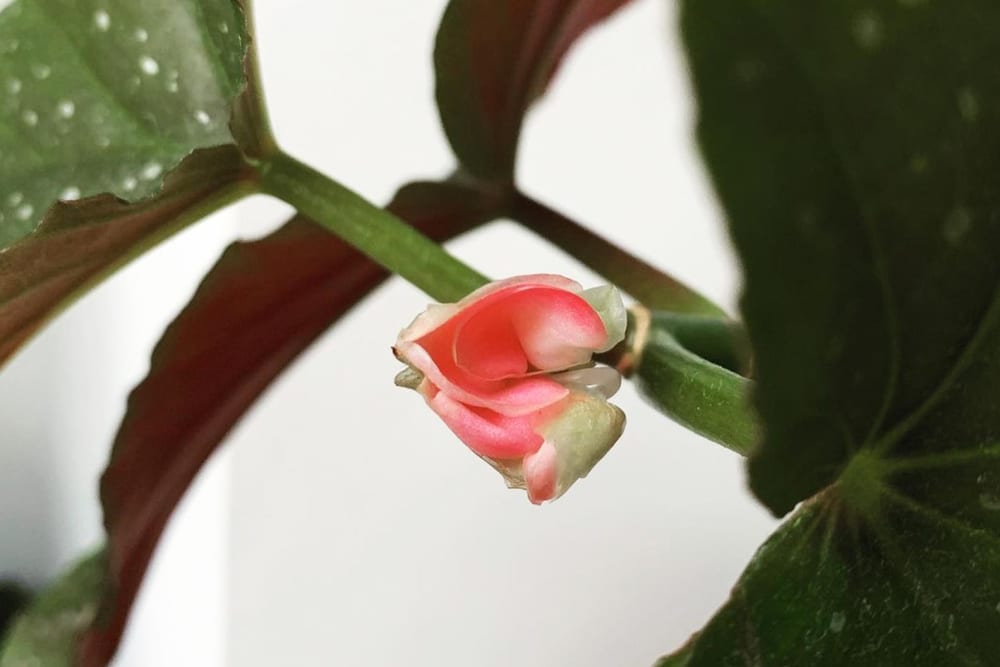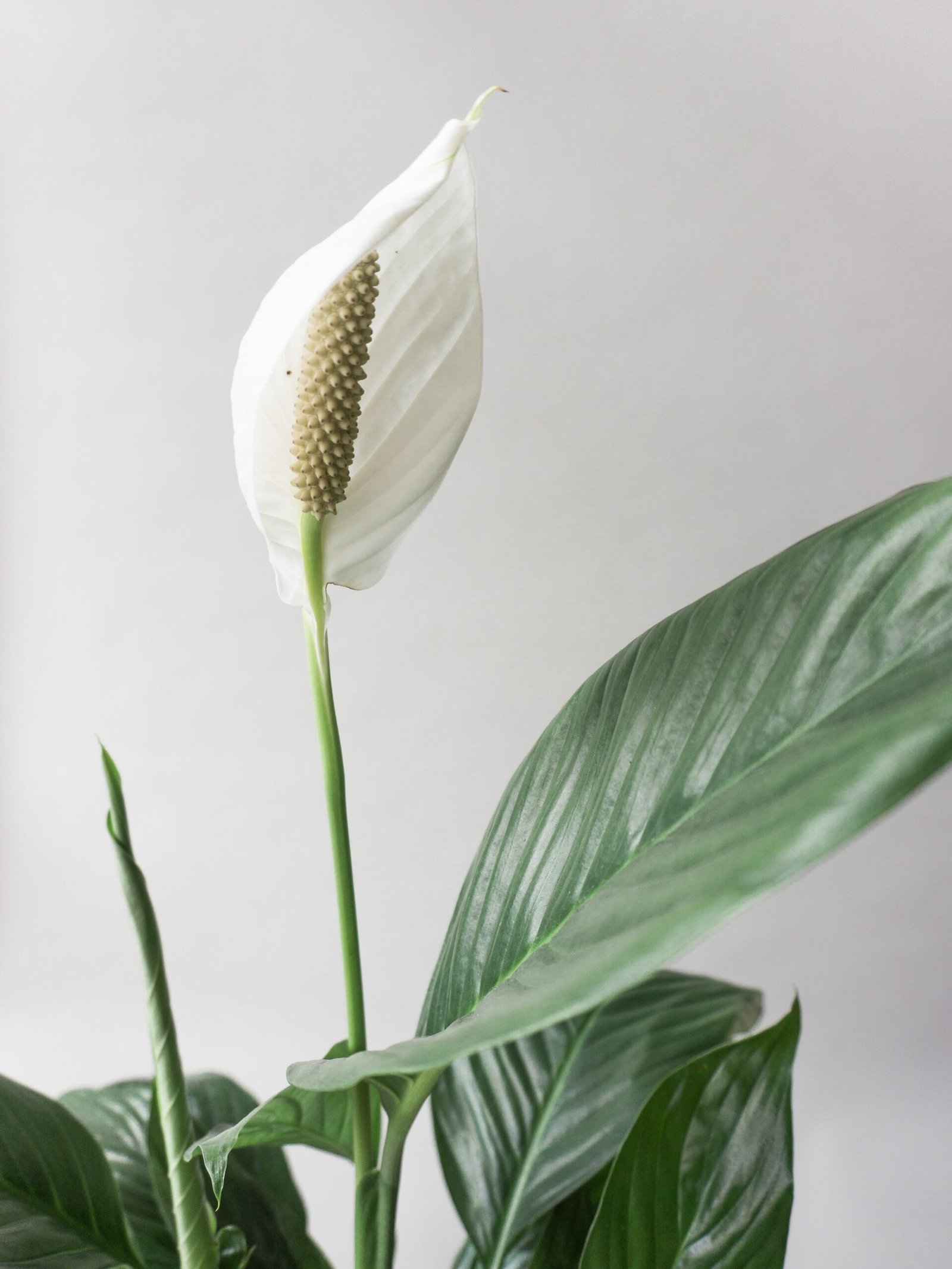Yes, you can make flowers bloom indoors. With the right care, many plants thrive inside.
Indoor gardening is more than a hobby; it’s a way to bring nature into your home. Flowers add beauty, color, and freshness to any room. But how can you make them bloom indoors? The key lies in understanding your plants’ needs.
Proper light, water, and soil are essential. Some flowers need bright light, while others prefer indirect light. Watering correctly is crucial; too much or too little can harm your plants. Additionally, the right soil mix helps flowers grow strong. Indoor flowers can bloom beautifully with the right conditions. Ready to learn more? Let’s explore how to make your indoor garden thrive.

Credit: www.patchplants.com
Choosing The Right Flowers
Choosing the right flowers for indoor blooming can be both fun and rewarding. The right selection will brighten up your living space and add a touch of nature indoors. Different flowers have different needs. It is important to understand which flowers thrive best indoors and what their specific requirements are.
Popular Indoor Flowers
Some flowers are particularly well-suited for indoor environments. Here are a few popular choices:
- Peace Lily: Known for its stunning white blooms, easy to care for.
- Orchid: Elegant and exotic, requires indirect sunlight.
- African Violet: Compact and colorful, perfect for small spaces.
- Begonia: Available in various colors, loves humidity.
- Jasmine: Fragrant and beautiful, needs bright light.
Factors To Consider
To ensure your flowers bloom indoors, consider the following factors:
| Factor | Importance |
|---|---|
| Light | Amount and intensity of light required |
| Water | Frequency and amount needed |
| Humidity | Level of moisture in the air |
| Temperature | Ideal range for growth |
| Soil | Type and quality of soil used |
Matching the flower’s needs with your home environment will help them thrive. Consider factors like light, water, and humidity. Some flowers need more care than others. Choose accordingly.
Understanding Light Requirements
Understanding light requirements is key to making flowers bloom indoors. Different flowers need different amounts and types of light. Knowing how to provide the right light will help your indoor garden thrive.
Natural Light
Natural light is the best source for indoor plants. Place your flowers near windows. South-facing windows get the most sunlight. East and west-facing windows are also good. Rotate the plants every few days. This helps them get even light exposure.
Some flowers need direct sunlight. Others do better with indirect light. Read the care instructions for your specific plants. If you see leaves turning yellow, the plant might get too much light. Move it to a spot with less direct sunlight.
Artificial Light
Artificial light can help when natural light is not enough. LED grow lights are a good choice. They use less energy and last longer. Place the light 6 to 12 inches above the plant. Adjust the height as the plant grows.
Use a timer to give plants a consistent light schedule. Most indoor flowers need about 12 to 16 hours of light per day. Too much light can stress the plant. Be sure to give it some darkness too.
Watering Techniques
Watering your indoor flowers correctly is crucial for healthy blooming. Proper watering techniques ensure that your plants get the moisture they need without drowning. This section covers the essential watering techniques for indoor flowers.
Frequency Of Watering
Knowing how often to water your indoor flowers is important. Different plants have different watering needs. Here’s a simple guide:
- Succulents: Water every 2-3 weeks.
- Flowering plants: Water once a week.
- Foliage plants: Water every 1-2 weeks.
Check the soil moisture before watering. Stick your finger about an inch into the soil. If it feels dry, it’s time to water.
Water Quality
The quality of water you use can affect your plants’ health. Use filtered water or rainwater for best results. Tap water may contain chemicals like chlorine that harm plants.
Here’s a quick comparison:
| Type of Water | Benefits | Drawbacks |
|---|---|---|
| Filtered Water | Free from harmful chemicals | May require a filter system |
| Rainwater | Natural and chemical-free | Collection can be challenging |
| Tap Water | Easily accessible | May contain chlorine and other chemicals |
Filtered water or rainwater is ideal for indoor plants. If using tap water, let it sit out for 24 hours. This allows chemicals to evaporate.

Credit: hometoheather.com
Soil And Nutrients
When growing flowers indoors, the right soil and nutrients are key. They provide the essential elements for plant health and vibrant blooms. Choosing the correct soil mix and understanding fertilizing methods will significantly impact your indoor garden’s success.
Best Soil Types
The best soil for indoor flowers should be well-draining and rich in nutrients. Here are some suitable types:
- Potting Soil: A balanced mix of organic matter and minerals.
- Peat Moss: Retains moisture and provides a lightweight structure.
- Perlite: Improves aeration and drainage.
- Coco Coir: Sustainable, retains moisture, and promotes root health.
Consider a mix of these components to create an ideal growing medium. For instance, a blend of potting soil, peat moss, and perlite works well for most flowering plants.
Fertilizing Tips
Regular fertilization is crucial for indoor flowers. Here are some tips:
- Choose the Right Fertilizer: Use a balanced fertilizer with equal parts of nitrogen (N), phosphorus (P), and potassium (K). Look for labels like 10-10-10 or 20-20-20.
- Follow Instructions: Over-fertilizing can harm plants. Always follow the package instructions for the correct dosage.
- Frequency: Fertilize every 2-4 weeks during the growing season. Reduce frequency in the dormant period.
- Water Soluble Fertilizers: These are easy to apply and quickly absorbed by the plants.
Here is a quick comparison of popular fertilizer types:
| Fertilizer Type | Benefits | Application |
|---|---|---|
| Granular | Slow release, long-lasting | Mix into soil |
| Liquid | Fast-acting, easy to apply | Mix with water |
| Organic | Improves soil health | Top dressing or mix in soil |
By using the right soil and regular fertilizing, your indoor flowers will thrive. Remember to monitor your plants and adjust care as needed.
Temperature And Humidity
Temperature and humidity play a crucial role in indoor flower blooming. Proper temperature and humidity levels ensure healthy growth. These factors mimic outdoor conditions, making flowers thrive indoors.
Ideal Temperature Range
Most flowers prefer a stable temperature. A range of 60-75°F (15-24°C) is ideal. This range supports growth and blooming. Avoid sudden temperature changes. They can stress the plants and hinder blooming. Keep flowers away from heat sources and cold drafts.
Use a thermostat to monitor room temperature. Adjust it to maintain the ideal range. During winter, indoor heating can dry out the air. This affects temperature balance. Consider using a humidifier for better control.
Maintaining Humidity
Humidity is essential for indoor flowers. Indoor air can be dry, especially in winter. Most flowers need 40-60% humidity. This level supports healthy blooms. Dry air can cause flowers to wilt and drop leaves.
Use a humidifier to increase air moisture. Place water trays near plants for natural evaporation. Grouping plants together can also raise humidity. Misting leaves with water helps too. Monitor humidity with a hygrometer. Adjust methods as needed to maintain the ideal level.
Potting And Containers
Potting and containers play a crucial role in helping flowers bloom indoors. The right pot and soil give plants a healthy start. Choosing the right pot size and repotting plants can make a big difference.
Choosing The Right Pot
Selecting the right pot is vital. It should have drainage holes. This prevents water from collecting at the bottom and causing root rot. Pots come in various materials like plastic, ceramic, and clay. Each has its pros and cons.
Plastic pots are light and affordable. They keep moisture longer. Clay pots allow air to reach roots. They dry out faster. Choose the material based on your plant’s needs and your home environment.
Repotting Guidelines
Repotting is essential for indoor plants. It gives them room to grow. Check if the roots are cramped. This means it is time to repot. Choose a pot one size larger than the current one.
Gently remove the plant from its old pot. Loosen the root ball. Place it in the new pot with fresh soil. Water it well. This helps the plant settle in its new home. Repotting should be done every year or two.
Preventing Pests And Diseases
Keeping indoor flowers healthy requires vigilance against pests and diseases. An indoor environment can sometimes create a haven for unwanted guests. This section will guide you on how to prevent and manage these issues effectively.
Common Indoor Pests
Indoor flowers can attract various pests. The most common include:
- Aphids: Small insects that suck sap from plant leaves.
- Spider Mites: Tiny pests that create webs and damage leaves.
- Mealybugs: White, cotton-like insects that feed on plant juices.
- Fungus Gnats: Small flies whose larvae feed on roots.
To control these pests, consider the following methods:
| Pest | Control Method |
|---|---|
| Aphids | Use insecticidal soap or neem oil. |
| Spider Mites | Spray with water to reduce population. |
| Mealybugs | Remove manually and apply rubbing alcohol. |
| Fungus Gnats | Allow soil to dry and use sticky traps. |
Disease Prevention
Preventing diseases is crucial for indoor flowers. Common diseases include:
- Powdery Mildew: White powder on leaves.
- Root Rot: Roots become mushy and dark.
- Leaf Spot: Brown or black spots on leaves.
To prevent these diseases, follow these tips:
- Ensure proper air circulation around plants.
- Avoid overwatering to prevent root rot.
- Keep leaves dry to reduce fungal infections.
- Use sterilized soil and clean pots.
Regularly inspect your plants for early signs of pests and diseases. Early detection helps keep your indoor flowers blooming beautifully.
Pruning And Maintenance
Pruning and maintenance are essential for indoor flowers to thrive. These practices ensure that plants remain healthy and bloom beautifully. Regular care and attention can make a significant difference in the growth and flowering of indoor plants.
When To Prune
Pruning at the right time is crucial. Cut back your plants during their dormant period. For most indoor flowers, this is late fall or winter. Pruning during this time helps the plant to conserve energy. It also encourages new growth in the spring.
- Observe the plant’s natural growth cycle.
- Remove dead or damaged leaves.
- Trim overgrown branches to maintain shape.
Always use clean, sharp tools. This prevents damage and reduces the risk of disease. Prune just above a leaf node. This encourages new shoots to grow from that point.
General Care Tips
Maintaining indoor plants involves regular monitoring. Water your plants consistently, but don’t overwater. Ensure they get enough light. Different plants have different light needs. Place them near a window or use grow lights if necessary.
| Care Aspect | Tip |
|---|---|
| Watering | Check soil moisture before watering. |
| Light | Provide adequate sunlight or use grow lights. |
| Fertilizing | Use a balanced fertilizer every few weeks. |
Keep an eye out for pests. Indoor plants can attract insects like aphids and spider mites. Use natural remedies or insecticidal soap to keep pests at bay. Regularly dust the leaves to keep them clean and healthy.
By following these pruning and maintenance tips, your indoor flowers will bloom beautifully. Happy gardening!
:max_bytes(150000):strip_icc()/flowering-indoor-plants-lovely-blooms-lead-violet-getty-0523-1672592ef05e44f1964199dc949b81a3.jpg)
Credit: www.marthastewart.com
Conclusion
Making flowers bloom indoors can be easy and rewarding. Follow these steps: provide enough light, maintain proper humidity, and water correctly. Choose the right plants for indoor growth. Use suitable soil and containers. Regularly check for pests and diseases. Enjoy the beauty and freshness flowers bring to your home.
With care and attention, your indoor garden will thrive. Happy gardening!





